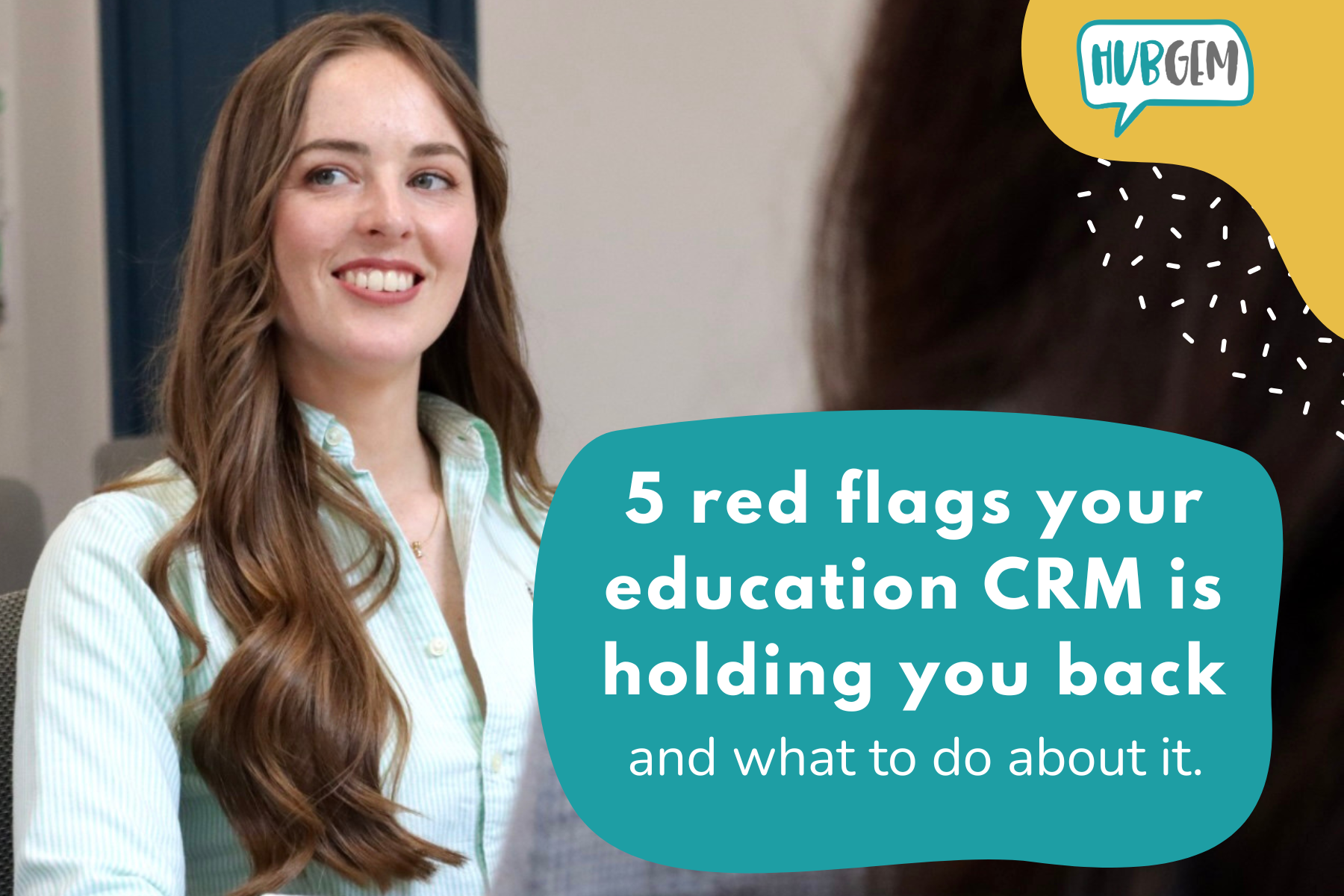The 7 marketing principles are known as the marketing mix! Following the 7 marketing p's can help you to optimise your marketing and make sure everything is running smoothly! Here's an explanation of each principle and examples of how you can follow these within your school:
Product
The first principle is product and potentially the most important. If your product isn't right for your audience you may struggle to market it. The best way to ensure your product is right for your audience is by using value proposition and audience segmentation, which is simply just figuring what the value of your product is, what it can offer and the specific audience you are trying to target.
You may be thinking how does this fit for marketing our school? Well your school is essentially selling a service of education and anything else you offer like extra curricular activities, trips etc. This means your product automatically targets school students and their parents so for this principle the most important thing to consider is the value your school can give to potential students.
Place
Once a good product has been established it's time to decide where that product is going to be marketed and sold. This doesn't always have to stay consistent it can change depending on many different things like season or demand.
Selling your school to potential students doesn't require a shop or online place to sell so this principle is thinking about where you're marketing your school. Traditional marketing methods are becoming out-dated so the best way to market your school could be through digital marketing. This includes your website, social media platforms and marketing emails which are the perfect way to target your audience. Another good place to market your school could be through open days where you can show potential students everything your school can offer them and give them experience of what life at your school might be like.
Here's an example of our of our clients, The Education Group (London), social media post which shows where they are marketing and also the location they work from!

Price
This is what your target audience is prepared to pay and you should figure out the correct pricing strategy and revenue streams for your business. There's many different pricing strategies and the one you use should be based on what the product is, how much the target audience is willing to pay and the manufacturing.
As a school, you'll be able to know whether your price is right and determine your pricing strategy through market research and comparing yourself to other schools within the area.
Promotion
Promotion is simply just choosing the correct marketing strategy for your audience. It has many elements to it including:
- Advertising
- Public relations
- Direct marketing
- Guerilla marketing
- Product placement
To make sure your promotion is successful it's best to use a few of the elements. Even slight changes to your promotion can create higher sales and it is good to change the way you promote even now and again to keep customers and gain new ones.
To promote your school you will probably use a lot of advertising using your website, social media and sometimes print advertising. Another good element of promotion for schools is direct marketing ,through emails for example, because it will help target the correct market. After you have promoted your school to your target audience it's likely you could also gain more students through these targeted students telling their friends and family about the school and experience at open days etc.
Another very effective way your school can promote is by adopting an Inbound marketing strategy which consists of attracting, engaging and delighting your prospects. You should think about how you will use this strategy at each stage of the funnel, 'top, middle and bottom'. To create valuable and tailored content for your prospects.

To help with understanding the type of parents/families/students that you want to attract you could define some personas for your school . By providing this specific content at each stage it could help you to generate warm leads for your school. Find out more about Inbound marketing for your school with this free resource.
People
This principle is anyone who works for the company and is involved in sales, marketing, customer service and anyone the customer might directly speak to. It is very important that all these people are professional, fully trained, well mannered and know a lot about the company/product. With the correct people involved it can create customer satisfaction which is really important for your company. This can then build a good reputation and help increase your customers. If your customers like the people behind the brand they could be likely to recommend it to other people.
For your school this is usually your admin and marketing team who are sending out any marketing and talking to potential students. Having a good and friendly team could be the decider for potential students and their parents.
Process
This is how you deliver your product to the customer. This could be how the service is provided, how the product is packaged and delivery. The easier it is for your customers to get your product, the more likely they are to buy it.
Just because in schools there isn't a physical product it doesn't mean this element isn't important. It could be about how potential students can sign up for the school and how easy it is for them. If your website is simple and easy to follow it could make your process better. The process for schools can be quite long so it is also about personalising the whole student recruitment experience, from enquiry to enrollment and nurturing prospects all the way through the funnel to appeal to exactly what the parent and student are expecting.
Physical evidence
Physical evidence is the physical environment your customer experiences this can include the shop or premises they go to see your product or the website. You want to make these as simple and straightforward as possible and it should appeal to your target audience. For example a dark and dull shop isn't going to appeal to a young child target audience.
Both premises and website apply to schools for physical evidence. Your premises would be your school which your target audience are likely to visit before choosing you as their place of education. Your website is usually the first place people will go to so it should be easy to use, designed to appeal to the audience and fit your school and have key information that is clear and easy to find. Another thing that might attract students to enrolling at your school is having alumni stories and stories from students of how your school has been successful for them.
In conclusion...
These 7 principles are a great way to improve your marketing and hopefully they're now a lot easier to understand and follow for your school!
We help schools, colleges, universities and training providers with their marketing and CRM to help you meet these 7 key marketing principles.Book a demo below to learn more.
.png?width=150&height=101&name=HUBGEM%20Logo%20-%20smaller%20logo%20(1000%20x%20673).png)
-png.png)



.png)
%20-%20Marketing%20studio%20analytics.png)


%20-%20AEO.png)